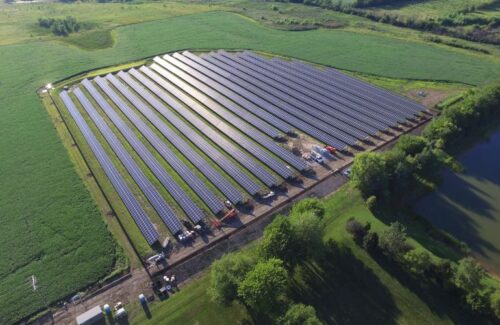
The first outdoor test of perovskite-and-silicon solar cells lasting more than a year shows that the cells retained over 80 percent of their initial 21.6 percent solar-conversion efficiency. The encouraging results come from tests conducted in the sunny, hot, and humid climate of the Red Sea Coast of Saudi Arabia, in what is “the longest experiment ever reported on perovskite-silicon tandem solar cells,” says Stefaan De Wolf, a material science and engineering professor at the King Abdullah University of Science and Technology (KAUST).
Tandem solar cells, which consist of a thin perovskite layer on a silicon solar device, keep breaking conversion efficiency records—the latest record stands at 31 percent—and promise a theoretical efficiency of 40 percent. Conventional silicon cells, meanwhile have reached an efficiency of 26.7 percent in the lab, already close to their theoretical peak of about 29 percent.
Perovskites are also cheap and easy to make, essentially by growing crystals from a solution. Manufacturers have yet to deliver on their promise of commercial perovskite products, though. One issue bogging down perovskites is that they degrade when exposed to oxygen, moisture, and light. And while much research has focused on improving device performance and stability, there have been few real-world tests of the technology.
Previous outdoor tests on perovskite-silicon tandems, conducted by the same team, were six months long. Those tests showed that a special encapsulating material was the key to extending the lifetime of the devices to over a year. With the results from these latest long-term tests, the team has now gained further insights into degradation and failure in the field. The goal is to “solve, step by step, the puzzle towards long-term stability,” says Michele De Bastiani, a professor of chemistry at Università di Pavia, in Italy, who worked on the project at KAUST.